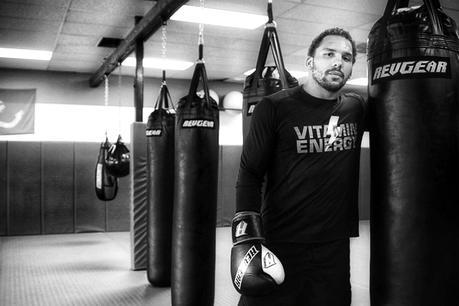A heavy bag is an essential training tool for combat sports enthusiasts and fitness enthusiasts alike. It provides an excellent way to improve striking techniques, build strength, and enhance overall conditioning.
However, filling and hanging a heavy bag correctly is crucial to ensure its durability, stability, and optimal training experience. In this article, we will walk you through the step-by-step process of selecting a bag, filling it with suitable materials, installing rigging or wall mounts, and hanging the bag securely.

Step 1: Selecting the Right Bag Choosing the right heavy bag is the foundation for a successful training setup. Consider the following factors:
- Size and Weight: Select a bag that suits your training goals and skill level. Lighter bags (around 50-70 lbs) are ideal for beginners, while heavier bags (around 100-150 lbs) are suitable for advanced practitioners or those focused on power development.
- Material and Durability: Opt for high-quality materials such as synthetic leather or genuine leather, as they offer better longevity and resistance to wear and tear.
- Suspension System: Decide whether you prefer a bag with a built-in chain/suspension system or one that requires a separate mounting setup.
Step 2: Filling the Bag Filling your heavy bag properly contributes to its stability, longevity, and the overall training experience. Two common options for filling include:
- Shredded Fabric: Old clothes, rags, or towels can be shredded and used as filling material. This option provides a softer and more forgiving surface for strikes, making it suitable for beginners or those focusing on technique.
- Sand or Fiber Fill: Using sand or fiber fill creates a denser and heavier bag, offering more resistance for power development and conditioning. Sand provides a more solid feel, while fiber fill gives a slightly softer impact.
The choice between shredded fabric and sand/fiber fill depends on personal preference and training goals. Shredded fabric bags are generally easier to fill and adjust, while sand/fiber-filled bags offer a more realistic feel and durability.
Step 3: Installing Rigging or Wall Mounts To hang your heavy bag securely, you’ll need to install rigging or wall mounts. Here’s what you need to know:
- Ceiling Mount/Rigging: Ensure the structural integrity of the ceiling and use heavy-duty brackets or beams designed for heavy bags. Consult a professional if you’re unsure about the stability of your ceiling.
- Wall Mount: When mounting a heavy bag on a wall, find a solid stud or use a sturdy wall-mounting bracket designed specifically for heavy bags. Ensure it can handle the weight and force of the bag.
Step 4: Choosing Chain Length and Heavy Bag Swivel To achieve the ideal height and movement for your heavy bag, consider the following:
- Chain Length: The length of the chains determines the bag’s height and swing. Generally, a chain length of 12-18 inches is suitable for most setups. Adjust the chain length to align the bag’s bottom around waist level for striking purposes.
- Heavy Bag Swivel: Choose a heavy bag swivel that matches the weight and size of your bag. Look for swivels that offer smooth and unrestricted movement, minimizing stress on the mounting hardware.
Step 5: Hanging the Bag Once your rigging or wall mount is securely in place, it’s time to hang the heavy bag:
- Attach the heavy bag swivel to the mounting hardware using appropriate screws, ensuring a firm connection.
- Carefully lift the heavy bag and hook it onto the swivel, ensuring it is centered and balanced.
- Check the stability and adjust the bag’s height if needed. It should hang freely without touching the floor or obstructing movement.
Filling and hanging a heavy bag correctly is essential for a safe and effective training experience. By following the steps outlined in this guide, you can select an appropriate bag, fill it with suitable materials, install the necessary rigging or wall mounts, and hang the bag securely. Remember to prioritize safety, stability, and personal training goals throughout the process. With a properly filled and hung heavy bag, you’ll be well on your way to improving your striking skills, strength, and overall fitness.

